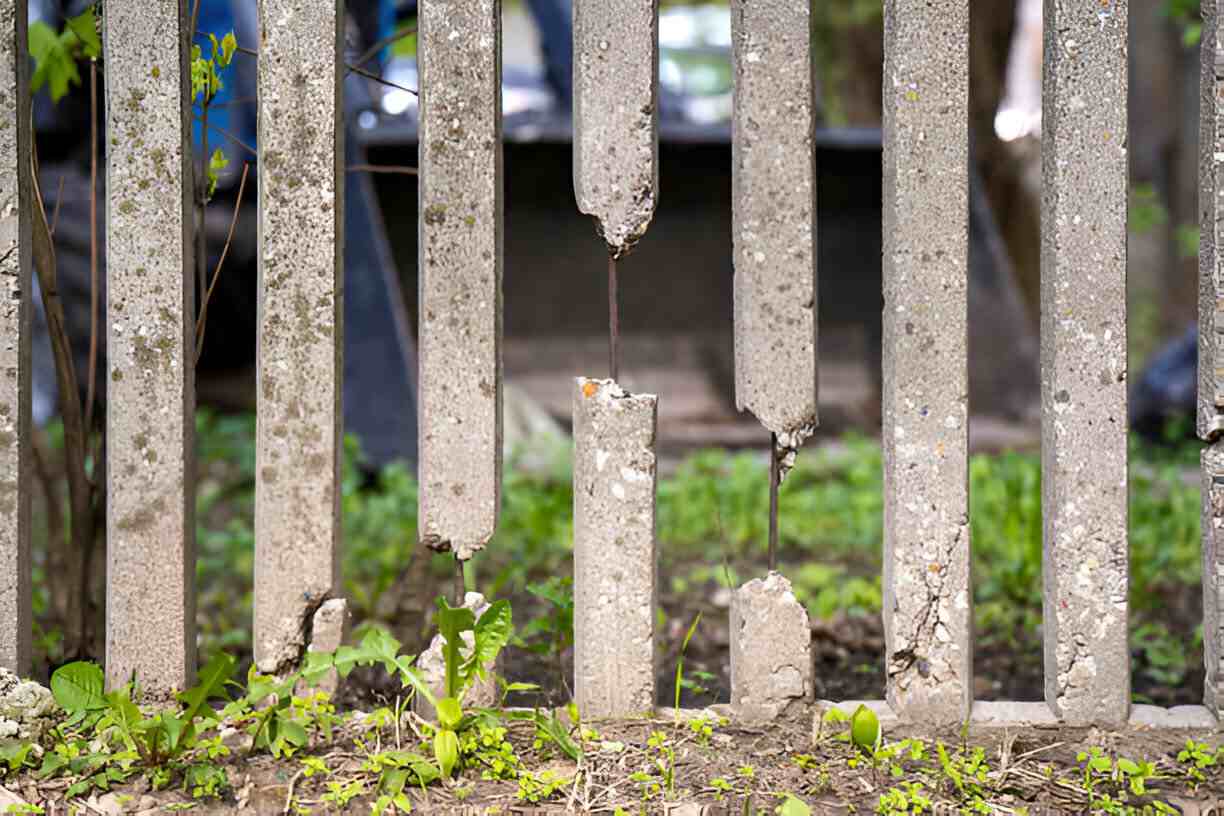Building a backyard fence can enhance your home’s privacy, security, and aesthetics. However, even small mistakes during planning or installation can lead to costly and time-consuming issues. This blog post highlights six common pitfalls homeowners face when constructing a backyard fence and offers practical tips to avoid them.
1. Misjudging Property Lines
One of the most significant mistakes is not accurately identifying your property boundaries before starting construction. Installing a fence on your neighbor’s property can lead to disputes, legal fees, and the expense of relocating the fence.
To avoid this, consult your property survey or hire a professional surveyor if you’re unsure of the boundaries. Clear communication with neighbors about your plans can also prevent misunderstandings and foster good relations.
2. Incorrect Post Placement and Depth
Fence posts are the backbone of any sturdy fence, but improperly placed or shallow posts can compromise its stability. Posts that aren’t deep enough may cause the fence to lean or collapse over time, especially in areas with strong winds or loose soil.
Ensure that posts are buried at least one-third of their height into the ground and secured with concrete for added durability. Consistent spacing between posts is also crucial for structural integrity and aesthetic appeal.
3. Neglecting Local Regulations and Permits
Overlooking local zoning laws and permit requirements can result in fines or even the removal of your fence. Regulations often dictate fence height, materials, and placement relative to property lines or public spaces.
Before starting your project, research your area’s zoning laws or consult with local authorities to ensure compliance. Obtaining the necessary permits upfront will save you from potential legal hassles later on.
4. Poor Measurement and Planning
Inaccurate measurements can lead to insufficient materials, uneven sections, or gaps in your fence line. This not only affects the appearance but also the functionality of your fence.
Measure your yard carefully, accounting for any slopes or irregularities in the terrain. Double-check all dimensions before purchasing materials to avoid unnecessary delays or waste. A detailed plan will help streamline the installation process and minimize errors.
5. Choosing Inappropriate Materials
Selecting the wrong materials for your climate or intended use can lead to premature wear and tear. For example, untreated wood may rot in humid conditions, while metal fences might corrode without proper coatings in coastal areas.
Consider factors like weather resistance, maintenance requirements, and durability when choosing materials for your fence. Investing in high-quality materials upfront can save you money on repairs or replacements in the long run.
6. Skipping Utility Line Checks
Digging post holes without checking for underground utility lines is a dangerous mistake that can damage water pipes, electrical cables, or gas lines. This can result in costly repairs, service disruptions, or even personal injury.
Before digging, contact your local utility company or use a “call before you dig” service to mark underground lines on your property. Taking this precaution ensures a safe installation process and prevents unnecessary complications.
Conclusion
Building a backyard fence requires careful planning and attention to detail to avoid common pitfalls that could compromise its functionality or longevity. By addressing issues like property lines, post placement, regulations, measurements, material selection, and utility checks upfront, you can ensure a smooth installation process with lasting results.
A well-constructed fence not only enhances your home’s value but also provides peace of mind for years to come.



